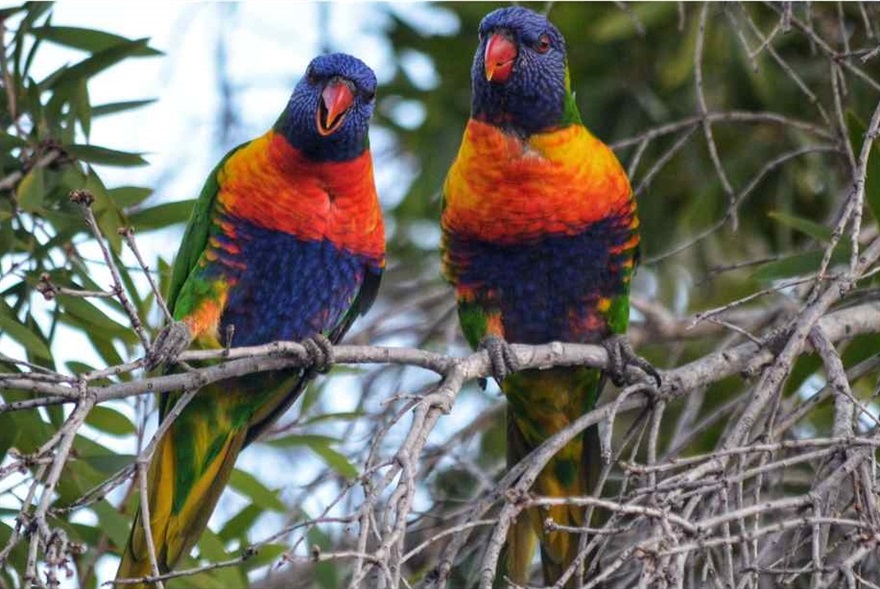Creating Habitats

In order to attract a variety of wildlife to your garden you need to provide a habitat with structural diversity as well as plant diversity. What does this mean?
The answer is to provide a garden with a well-established canopy, shrub and ground cover layer. A canopy layer of trees with hollows provides habitat for insects, larger birds, possums and bats. A shrub layer includes small trees, large shrubs and tree-ferns. These plants provide habitat for insects, birds, possums and tree-frogs. A ground cover layer can consist of small shrubs, climbers, scramblers, ferns, herbs and grasses. This layer provides habitat for insects, frogs, lizards, small marsupials, and small birds.
There are also structural elements that you can add to your garden. Mulch provides food and protection for insects, frogs and lizards. This in turn provides food for birds. Logs, rocks and crevices provide food and protection for insects, frogs and lizards. A pond provides habitat for fish, frogs, lizards and also drinking water for birds and other fauna.
Some examples of shrubs that will help attract small birds to your garden include Hakea, Bursaria, Banksia, Dillwynia, Epacris and Grevillea. Native grasses, such as, Microlaena, Danthonia, Themeda and Dichelachne provide seed and insects for native birds to eat.
The Habitat Friendly Garden Brochure(PDF, 982KB) is a step by step guide on what you can do in your garden to help provide habitat for native wildlife. The brochure also provides a list of native plant species that are suitable for planting in the Hunters Hill Local Government Area.